 These insects have a very unique system of mating, involving secondary reproductive organs at the front of the male's abdomen.
These insects have a very unique system of mating, involving secondary reproductive organs at the front of the male's abdomen. At the end of the male abdomen area there is a pair of pincer like claws called claspers.
Before courtship, the male transfers sperm from the true reproductive opening at his hind end, to the secondary organs. Finding an agreeable female, he then grasps her by the neck or back of the head with his claspers. The insects can fly in this tandem position (see photo). They soon settle and then the female curves the tip of her abdomen round to collect the sperm from the male's secondary organ. This position is known as the "copulation wheel". When sperm transfer is complete, the insects may separate, but many species (Damselflies or the smaller Dragonflies) remain in the tandem position until the female has laid her eggs. These may be simply dropped into the water or washed off as the female dips her abdomen into it in flight. Some eggs are laid in silt, or placed in slits cut into plant stems.
The nymphs grow up in water. They eat a wide-range of aquatic creature, which they impale on an extension to their lower jaw - known as the mask.
When fully grown, the nymph crawls out of the water, usually climbing up a plant stem, and the adult soon emerges.
The nymphs grow up in water. They eat a wide-range of aquatic creature, which they impale on an extension to their lower jaw - known as the mask.
When fully grown, the nymph crawls out of the water, usually climbing up a plant stem, and the adult soon emerges.
Empty skins are commonly found on the vegetatation beside ponds and streams in the summer.
Freshly emerged Dragonflies are very pale and are called Tenerals. The full colours do not develop for several days or even weeks, and it can take up to five years for the larger Dragonflies to complete their life cycle.
Amazing stuff. Dragonflies and Damselflies are beautiful insects. There are many types - but all are beautifully coloured - and present a lovely sight whilst walking beside most lakes, rivers and ponds in the warmer months.
Amazing stuff. Dragonflies and Damselflies are beautiful insects. There are many types - but all are beautifully coloured - and present a lovely sight whilst walking beside most lakes, rivers and ponds in the warmer months.






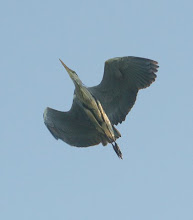

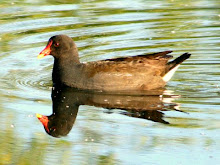

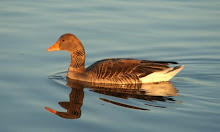







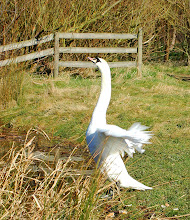
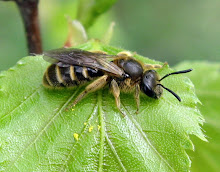
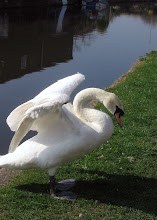

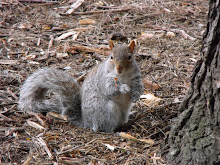
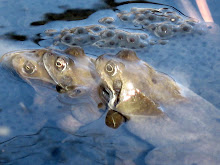
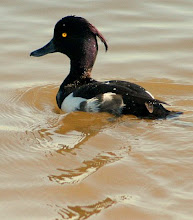

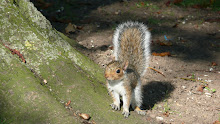
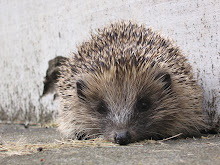
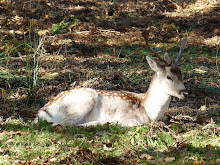
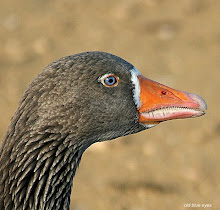



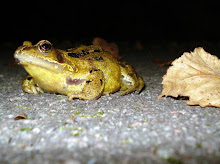
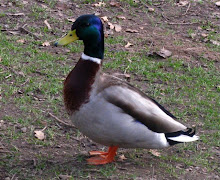
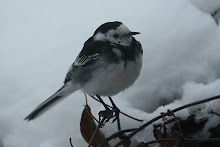
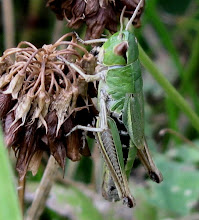
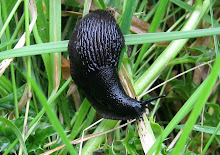
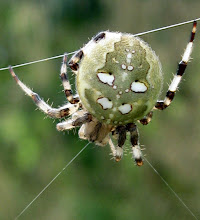
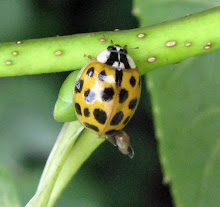


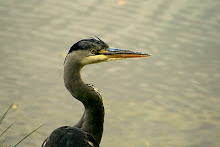
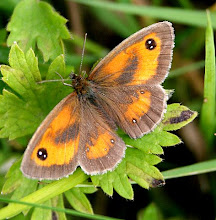

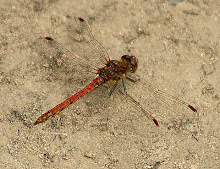






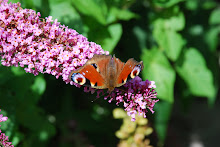


No comments:
Post a Comment